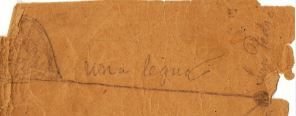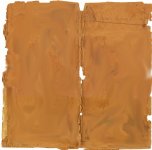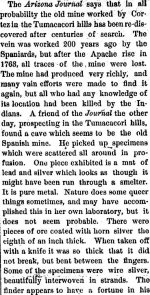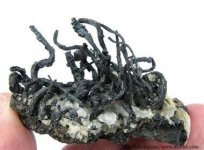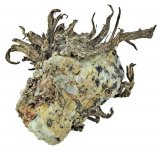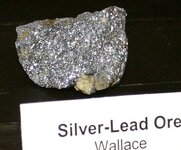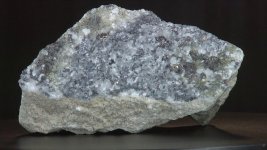Azquester
Bronze Member
- Dec 15, 2006
- 1,736
- 2,596
- Primary Interest:
- All Treasure Hunting
- Thread starter
- #121
I just l-o-v-e their GPR - wish I had one of those!! Last time I checked it was the 'box-on-wheels' and it cost a fortune-and-a-half to rent one (deep sigh)
It may not be A GPR.
It could be a Cesium Photon Magnetometer which does not need to have ground contact.
Accurate locators used to make and sell those units. They've gone under and are no longer in business. I had one for a while and they are quite impressive. Unless you have decent target already picked out they can be just as cumbersome as a GPR. When I had mine years ago I wore out the Mag's running them over weeds and other plants. When Accurate attempted to not honor the warranty on the sensors accusing me a dragging the sensors behind a vehicle I argued that it was BS and they needed to send me another set of four. They eventually conceded and sent them. I sold the unit right after discovering they would wear out fairly quickly on the Desert plants in Arizona. I wish now I would have kept it. But since Accurate is no longer in business it would be impossible to get any parts for it. If it is a GPR it must be a powerful signal to be able to penetrate the ground from a foot above.


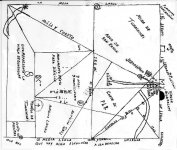
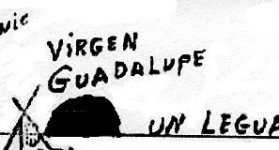
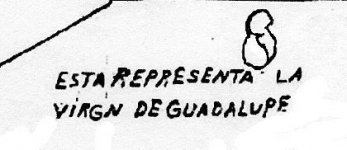
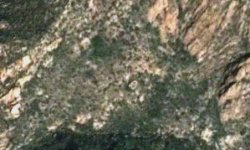
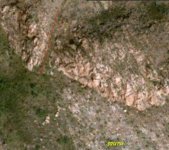

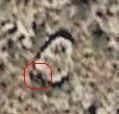

 coffee2:
coffee2: 
